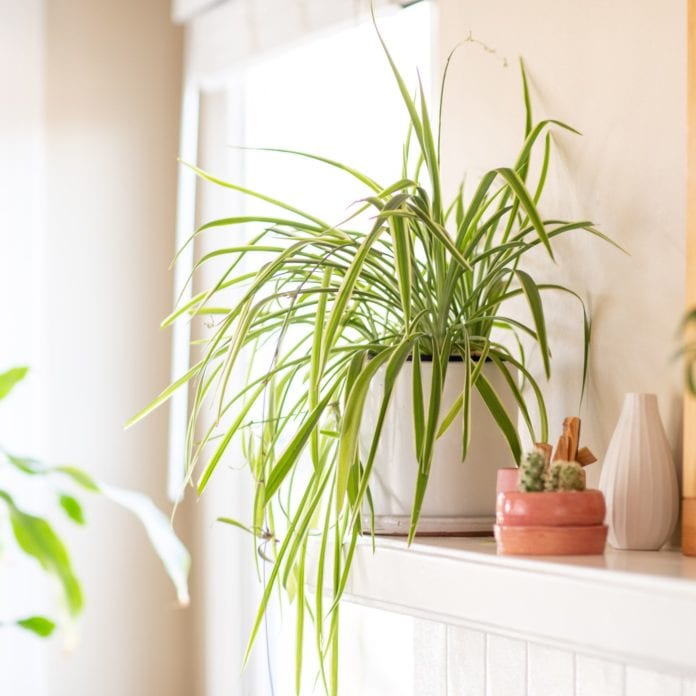During the process of photosynthesis, plants convert the carbon dioxide we exhale into pure oxygen and get rid of toxins present in the air we breathe. Indoor environments trap air pollutants and harmful chemicals like benzene, formaldehyde, and ammonia. A landmark 1989 air quality study by NASA examined how popular houseplants diffuse toxic chemicals present around us thus making our homes a healthier place.
Here is a list of some of the most effective, low-maintenance, air-purifying plants that are perfect for beginner gardeners and in ensuring overall improved air quality.
1. Barberton Daisy
The Barberton daisy is an easy to grow air purifying plant, also referred to as the Transvaal or Gerbera daisy. The plant is actually a composite flower and can reach up to a height of 2 feet. It comes in a variety of bright colours injecting a cheerful burst of yellow, orange, red, and pink to your room. It grows beautifully in natural light and well-drained moist soil, acting as an eye-catching focal point. It works as an effective cleanser for toxins commonly found in a range of household materials from paints to synthetic fibres.
Best Placement: In the living room to add that pop of color along with plenty of natural light.
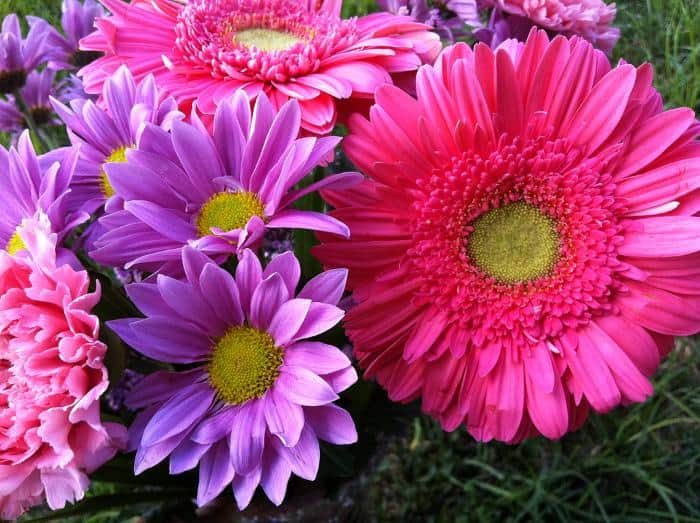
2. Money Plant
Featured by NASA in its study, the Money Plant is famous for its ability to remove chemicals and hazardous pollutants from the air, primarily benzene, xylene, and toluene. Despite obvious benefits with its high purification rate, it is suggested that the plant be kept out of reach of pets or small children as this plant is toxic to cats, dogs, and children if the leaves are ingested accidentally. The plant prefers indirect light and needs to be watered every week.
Best Placement: Any room and for a single person, three 18-inch plants will be good enough.
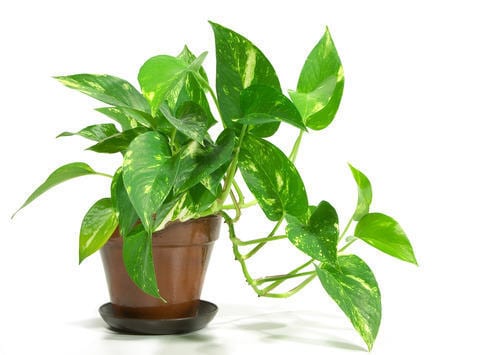
3. Snake plant or Mother-in-Law’s Tongue
Popularly known as Mother-in-Law’s Tongue, this yellow-tipped succulent releases oxygen at night which helps facilitate better breathing while sleeping. Except for the usual watering occasionally, it generally grows in drier conditions (the roots are prone to rot in moist soil). It is easily one of the best plants for filtering the air of formaldehyde, benzene, and trichloroethylene. The snake plant is unique for its ability to produce oxygen in the night. Coupled with the ability to purify the air, it makes for an excellent choice for a great and healthy night’s sleep.
Best Placement: The Bedroom
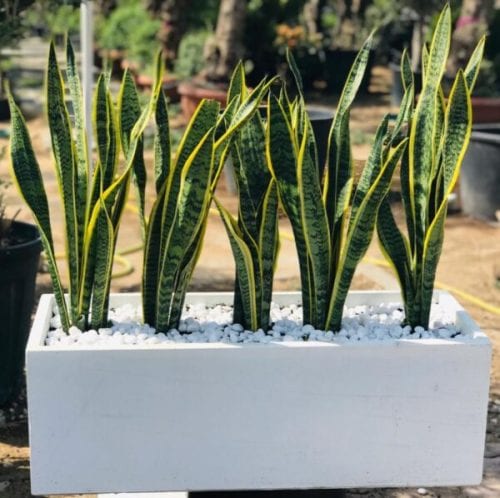
4. Chrysanthemum
This plant loves sunlight and instantly brightens up your kitchen or living space. They are gorgeous and their colourful blooms help filter out toxins including ammonia and benzene. Such toxins are often found in plastics, detergent soaps, and gum.
Best placement: Place the chrysanthemum in a spot near a sunbathed window.
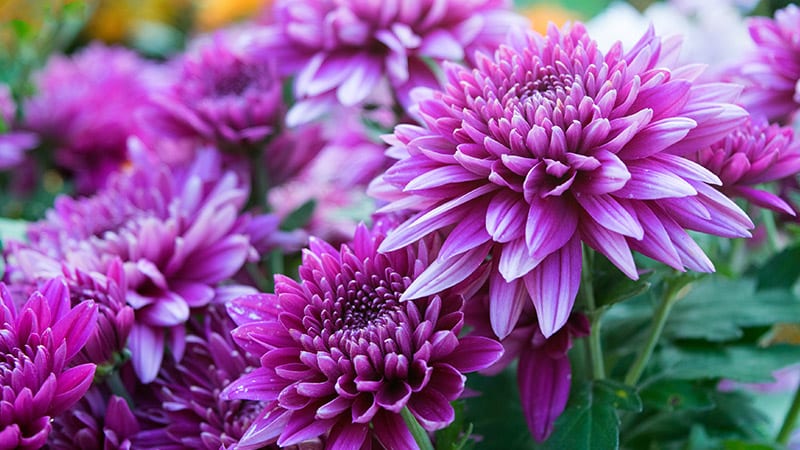
5. Spider plant
For all houseplant newbies or forgetful owners, the resilient spider plant is the best choice you can make. It will quietly battle toxins including carbon monoxide and xylene, a solvent used in printing and rubber industries. They are among the easiest air-purifying indoor plants to grow and are also pet-friendly and non-toxic to animals.
What makes them a great choice for beginners is that spider plants are low maintenance and flourish easily in bright, indirect sunlight. Some mature spider plants produce white flowers, which eventually mature into baby spider plants or spiderettes. One can re-pot the tiny ‘spiderettes’ in water or soil and grow a whole family of plants. You can even consider gifting these handy pants to your friends!
Best placement: The bedroom or the living area
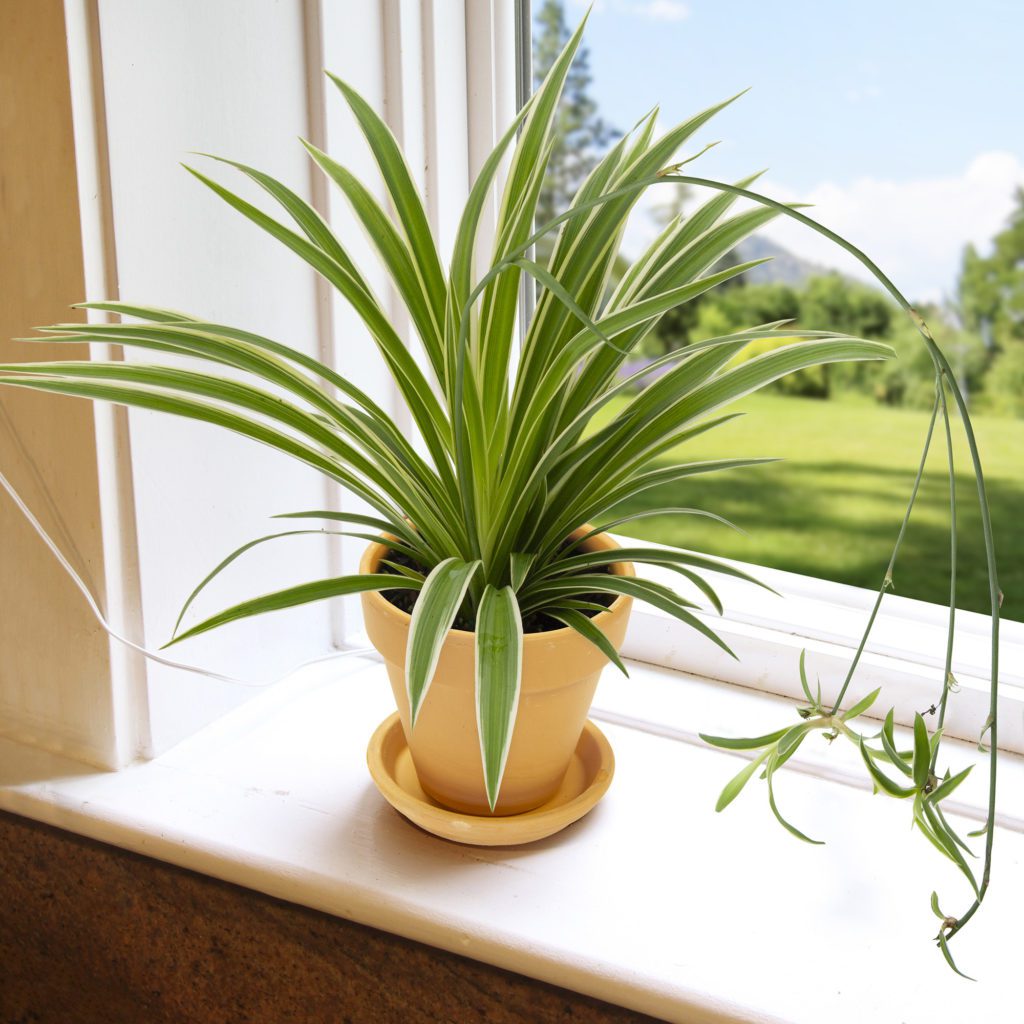
6. Aloe Vera
A healing aloe plant thrives in a sunny location and makes it a beautiful addition to your kitchen windowsill, or the balcony. Alongside being an air-purifying plant, it has many other benefits in skincare and health juices. It can also soothe any kitchen burns in a jiffy. This unique succulent purifies the air of formaldehyde and benzene, found in varnishes, furnishings, and detergent soaps. It is also very low maintenance and doesn’t need frequent watering, which makes it perfect for new plant parents.
Best placement: Any window sill or any well-lit corner.
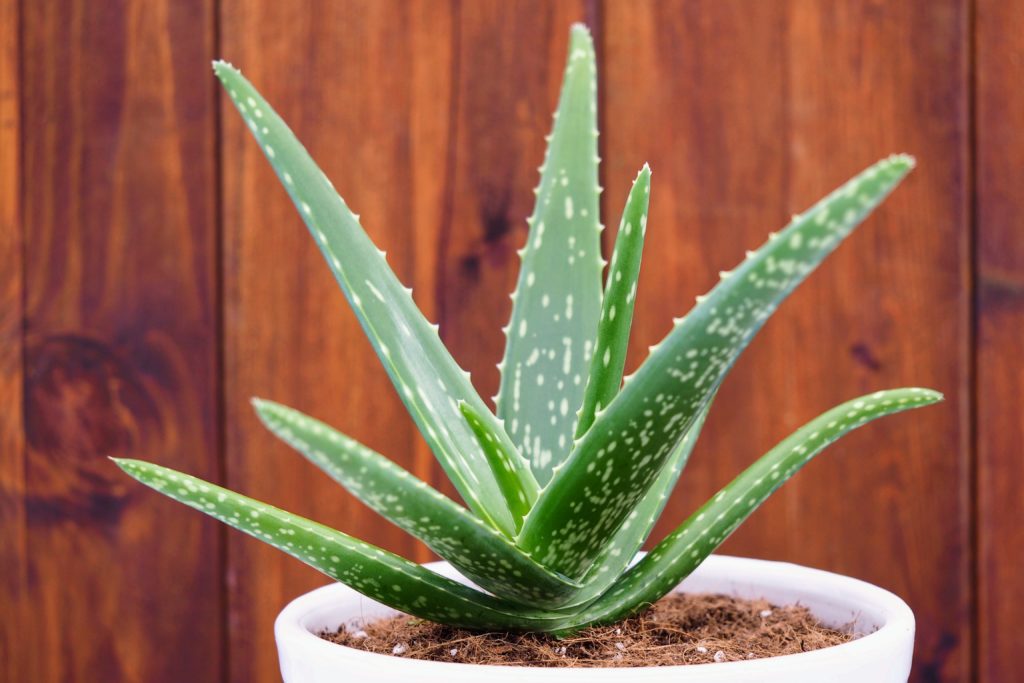
7. Chinese Evergreen
The Chinese Evergreen is one of the most common tropical air-purifying plants and is an easy option for beginner gardeners. This plant grows well in full shade, moist soil and has the potential to tolerate low light and drought-like conditions. The leaves need to be misted occasionally in order to prevent browning.
It emits a lot of oxygen thereby acting as an effective cleanser ridding the air of harmful substances such as formaldehyde and other toxins found in detergents and cosmetics. The plant is very popular in China specifically for its high efficiency in removing harmful pollutants from the air. When it gets ample sunlight, it sometimes yields a calla lily-like bloom.
Best Placement: The Living Room or the bathroom.
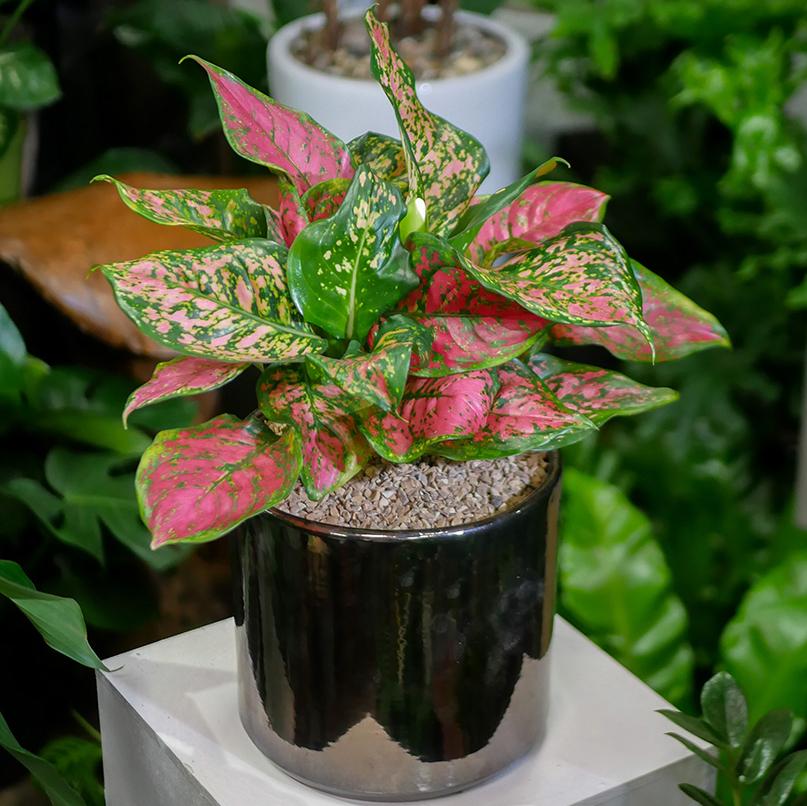
8. Red-edged Dracaena or Dragon Tree
The Dragon tree is a spiky and tall plant with a bright red trim on the leaves. Although slow-growing, this air-purifying plant can grow to about 8 feet. Therefore, it is advised to place it in a space with high ceilings and reasonable sunlight. The red edges add an instant pop of colour to your place while effectively fighting pollutants such as trichloroethylene and xylene.
Best placement: Keep it in a well-lit corner of the living room or balcony
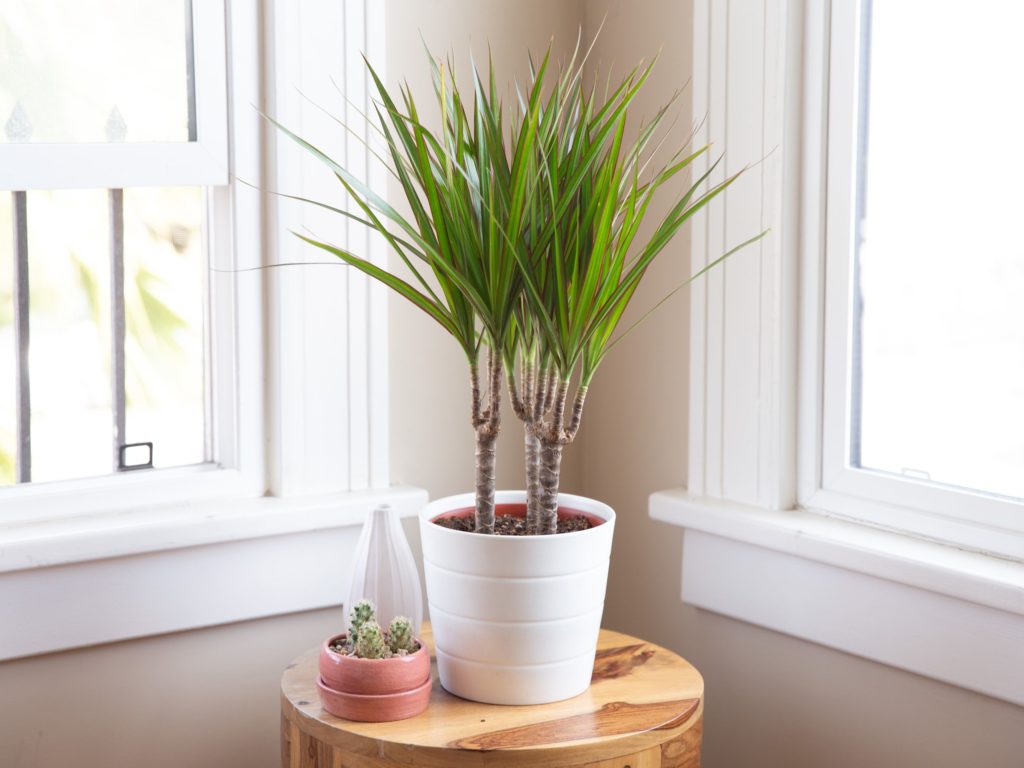
Further reading:


